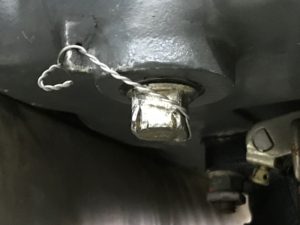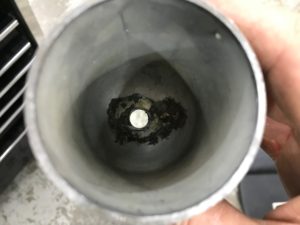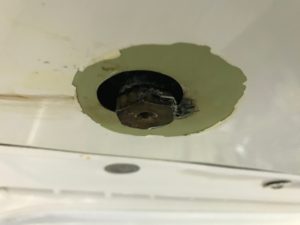Podcast: Play in new window | Download
I received a voice message the other day from John, a Mooney owner. He was asking for some discussion on the podcast about using “torque plates” when removing cylinders from airplane engines. He mentioned that Mike Busch was a proponent of this practice. John also mentioned the concept of using torque plates had come up in an IA meeting recently.
So at lunch time that day, I did a google search and typed in “torque plates mike busch.” And I found an article that appeared in the Mar/Apr 2009 issue of the Cirrus Pilot magazine. It was a very interesting article… the problem was very serious, but thankfully, it turned out well. The B36TC Bonanza that was featured in the article, had a severe engine problem causing it to come apart soon after takeoff. TCM’s analytical report said it was an engine failure for unknown reasons. However, Mike Busch traced it back to improper maintenance during the removal and reinstallation of cylinders 2, 4, and 6 just 9.1 hours prior to the engine failure. Here’s a link where you can download and read the full article. It’s well worth your time.
https://www.cirruspilots.org/copa/tech/m/magazine_articles/563618/download.aspx
And here’s another one of Mike’s articles from the June 2014 edition of the Sport Aviation magazine. This one’s titled “Cylinder Work – Be Afraid.”
https://www.savvyaviation.com/wp…/EAA_2014-06_cylinder-work-be-afraid.pdf
I suppose the procedure of removing and reinstalling a piston engine cylinder on an airplane deserved at least a healthy dose of fear to remind us all of using all the best practices to ensure the safest possible outcome when the task is completed.
John’s message came a really good time for me, since I had just removed cylinder #5 on an A36 Bonanza. I’m planning to talk about WHY that cylinder was removed, at some point in the future. It was the most out of the ordinary thing I’ve ever seen during a routine borescope inspection during the annual. The moral of this story is, “Don’t rely on compression testing only. A borescope inspection should be done along with every compression test. Otherwise the results are not complete and not very reliable. But compression testing and borescoping together, can be a powerful combination for evaluating the health of a cylinder.
This whole idea of using torque plates, or stacks of washers, and torquing the nuts on the through studs when a cylinder is removed, is something that deserves far more attention than it has had in years past. Let’s all do our part to make people aware of the importance of not allowing the crankshaft bearings to shift during cylinder maintenance.
As an airplane owner, you would do well to talk with your A&P about using torque plates, if you ever need to have one or more cylinders removed from your engine for repair, and then reinstalled.
Have a wonderful week, and by all means, if you have to change a cylinder, use torque plates!






Recent Comments